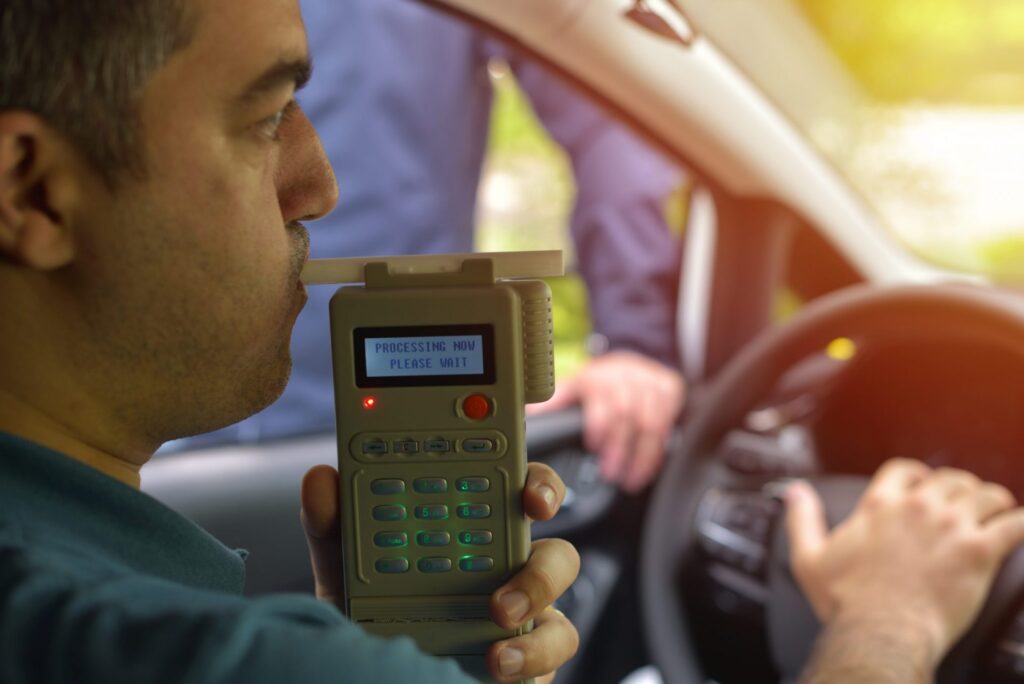In a recent blog post, we explained how – technically speaking – there’s no such thing as a “breathalyzer.” Instead, the word “breathalyzer” is a brand name for some of the chemical breath testing machines on the market used in determining a driver’s blood alcohol level, much like a Kleenex is a brand name for some of the facial tissues you can buy. In fact, there are scores of “breathalyzers” that have been approved for police use by the National Highway Traffic Safety Administration(NHTSA), like the Lifeloc Technologies Phoenix 6.0BT, the Lion Laboratories Intoxilyzer 200D, or the Intoxiimeter 3000 DFC.
While there are plenty of possible breath testing kits to choose from, however, they all fall into one of the three following categories, based on how they work:
- Breathalyzers, which uses chemicals that change colors when they interact with alcohol,
- Intoxilyzers, which detect alcohol through infrared spectroscopy, and
- Alcosensors, which uses a fuel cell’s chemical reaction to alcohol.
Call 207-571-8146 or contact us online to schedule a consult with one of our highly skilled criminal defense & OUI lawyers, serving Southern Maine, today.
Table of Contents
Breathalyzer Models: Using Color Changes to Detect Alcohol
The original Breathalyzer, one of the earliest chemical breath testing kits, invented in 1953, used the color changes from a specific chemical reaction to determine the alcohol content of an air sample. Many current breath testing kits are based on this system, as well.
The chemical process that these models use is a color change in potassium dichromate. Alone, this chemical is reddish-orange. When it is mixed with alcohol, it turns green.
Models based on the original Breathalyzer keep two vials of potassium dichromate inside them. One reacts with a breath sample, while the other stays pure. A photocell system then compares the difference in color between the two, and its reading is interpreted as a blood alcohol content (BAC).
Intoxilyzer Models: Detecting Alcohol With Infrared Light
In an Intoxilyzer model, a breath sample is held inside the machine while infrared light is shined from a lamp at the sample. Because all different chemicals absorb light at different wavelengths, if the wavelength that corresponds to alcohol doesn’t make it through the breath sample, it means there’s alcohol in it. The more alcohol in the breath sample, the more that particular wavelength of light gets absorbed, the less light passes through to the sensor on the side of the machine opposite the lamp.
Alcosensors: Alcohol Powers Batteries
Modern alcosensor breath testing machines are like fuel-cell batteries, with platinum electrodes on the ends and a porous acid-electrolyte cell fixed between them. Any alcohol in a breath sample gets oxidized and broken apart by the electrode on one side, to reattach together as water, on the other side of the battery. This process produces an electrical current, which gets measured and read as BAC.
Contact Our OUI Defense Lawyers in Maine
Each one of these models, however, has drawbacks and unreliable aspects to it that can be challenged to defend against a charge of operating under the influence (OUI)in Maine.
Premier Maine OUI defense attorney, William T. Bly, has an deep & indepth knowledge on how breath testing machines work, giving him the insight on how to best challenge BAC evidence, however it was gathered. Contact The Maine Criminal Defense Group or call our law office at (207) 571-8146 for the legal defense you need.
Call 207-571-8146 or contact us online to schedule a consult with one of our highly skilled criminal defense & OUI lawyers, serving Southern Maine, today.
Blog Posts

OUI cases in Maine usually start when a law enforcement officer pulls over a vehicle. From that point, many things can happen but if the officer even has a slight[...]
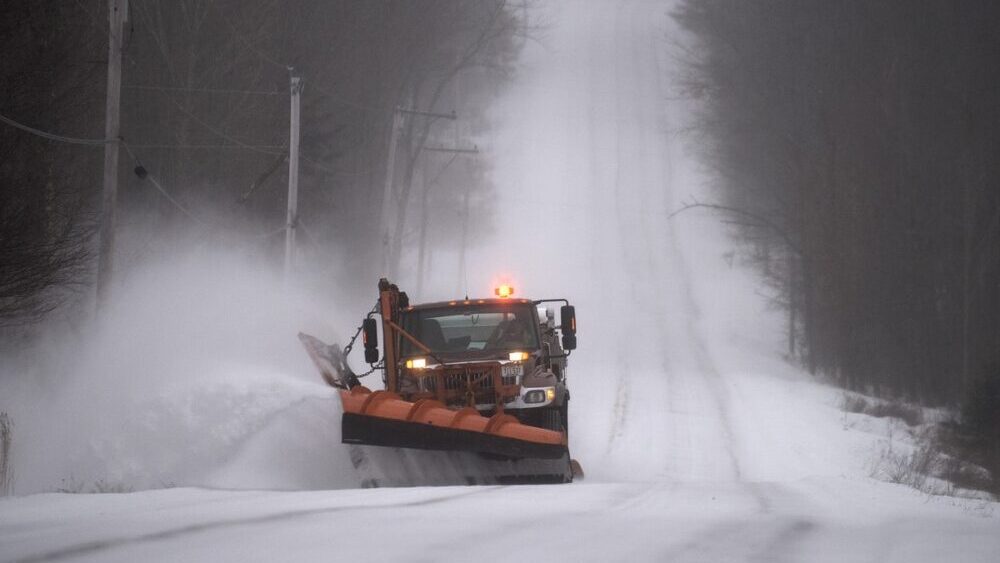
January 11th, 2025, in Skowhegan, Maine, a Maine Department of Transportation plow truck sustained a head-on collision caused by a drunk driver on Route 2, as reported by law enforcement.[...]

The tragic events of a fatal car crash in 2023 that claimed the lives of four young people have finally reached a pivotal legal outcome. Noelle Tavares, a former Maine[...]

In most states, there are many different places that the average person can take a driving course to satisfy court requirements as related to an DUI conviction. However, in the[...]
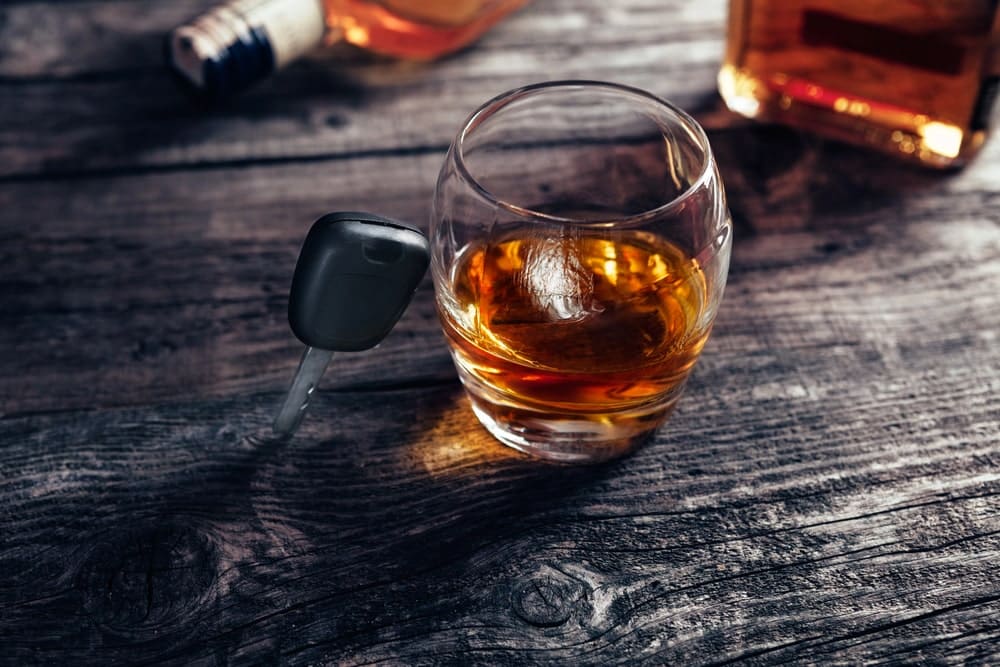
Defending against OUI offenses in Southern Maine Anyone charged with a 2nd OUI in Maine should expect little leniency from the criminal justice system. This makes it even more important[...]
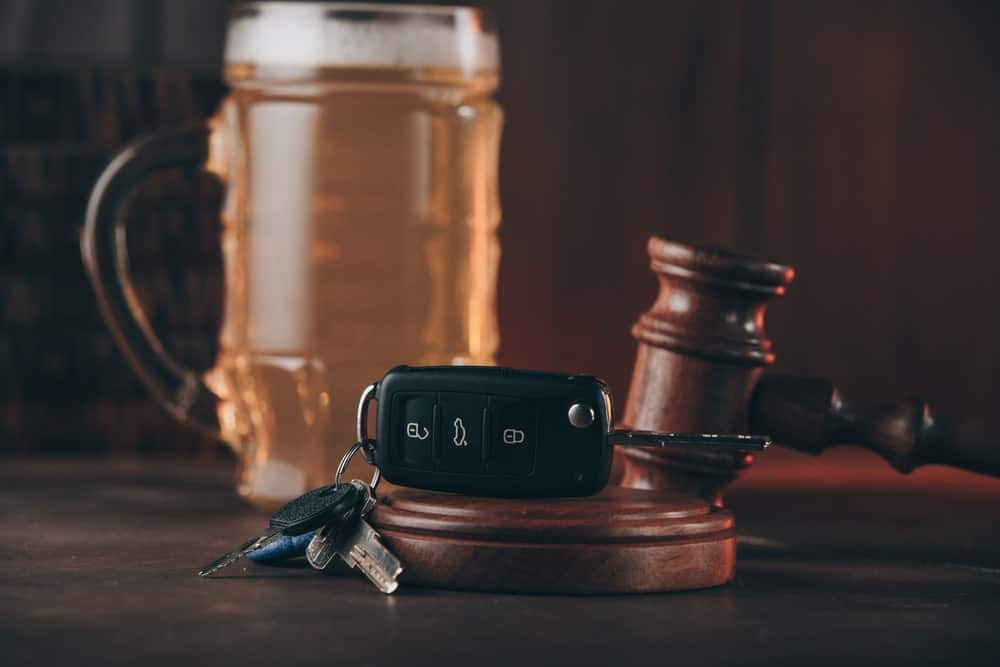
Defending against OUI Refusals in Southern Maine Did you know that it is a criminal offense to refuse to submit to a chemical test if lawfully requested to do so[...]
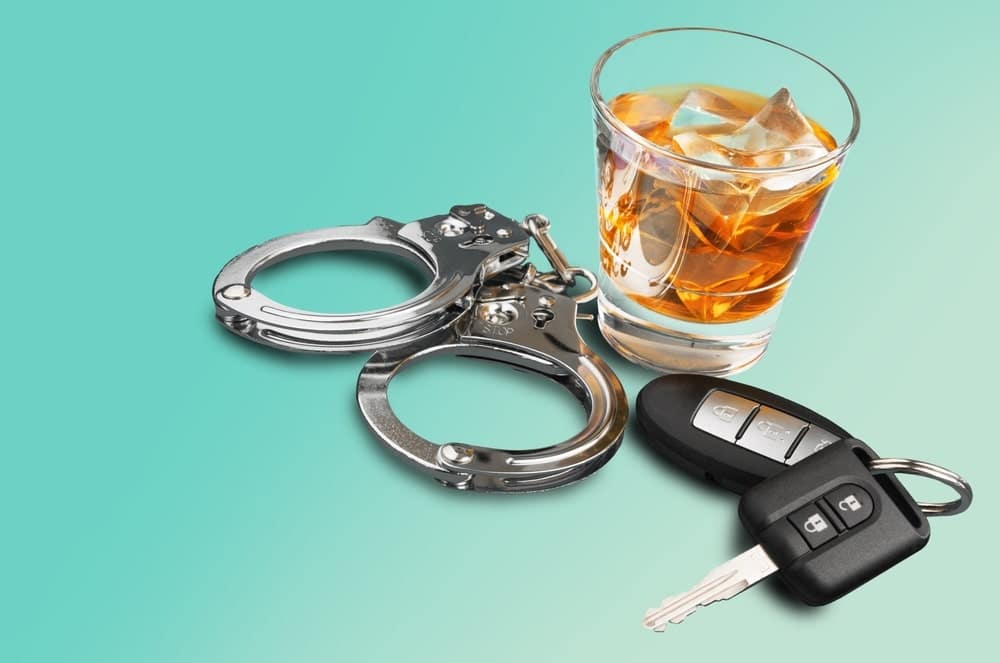
Reducing an OUI charge in Maine OUI charges are handled severely in Maine. For many people, a drunk-driving charge is their first time dealing with the criminal justice system and,[...]

Alcohol laws of Maine While you should be aware of the strict OUI laws in Maine, it’s also important to know about other ways you can face a traffic infraction[...]
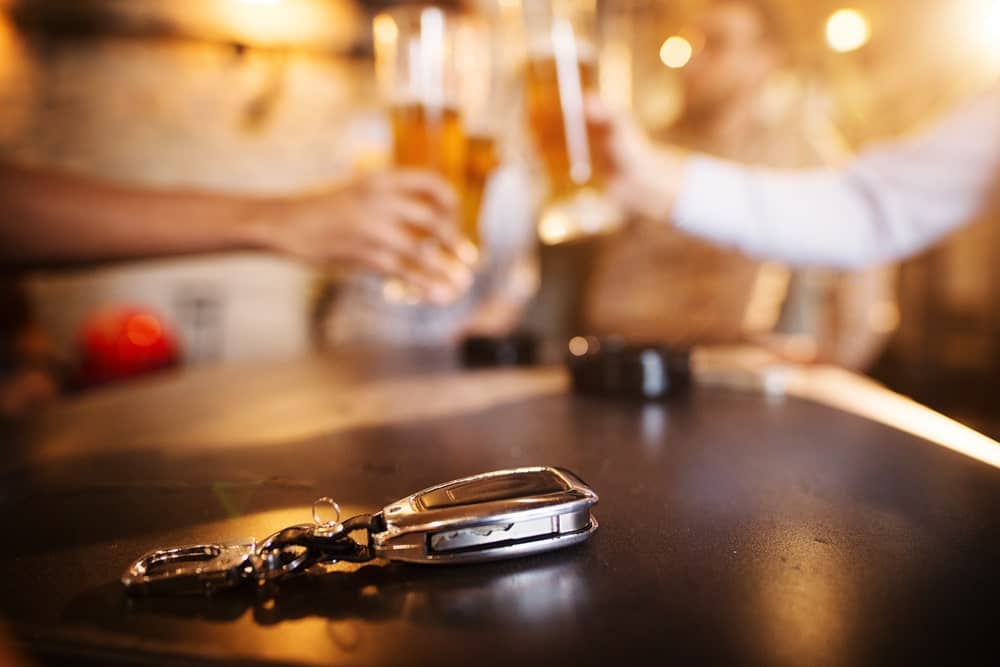
Defending against OUI offenses in Southern Maine A first OUI in Maine can potentially have long-term consequences, but with the right legal representation, alleged offenders can escape the harshest penalties.[...]
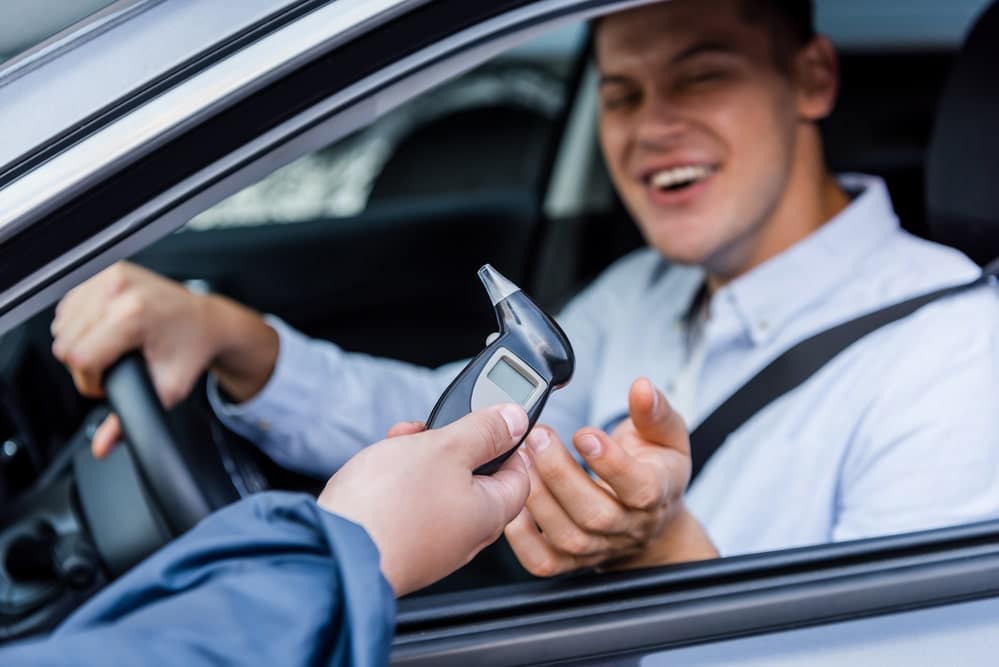
If you blow under .08 in a DUI breath test in Maine, it may be jumping the gun to breathe a huge sigh of relief. You may not be “free[...]
